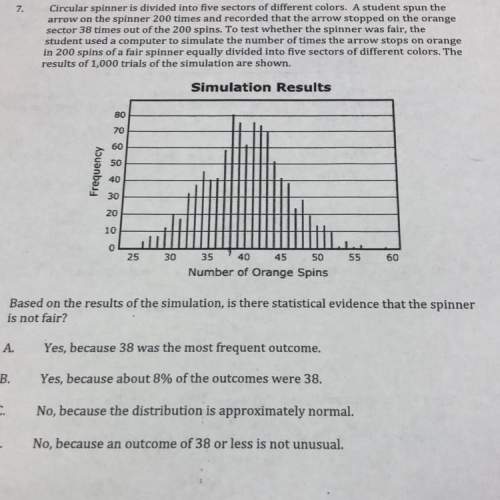
Mathematics, 23.09.2019 22:30 1thousandwishes
Jim wants to start investing in bonds. he checks with two brokers to ask them for suggestions of bonds to buy.
broker j, who charges a commission of 3.6% of the market value of all bonds sold, recommends for jim to buy three par value $500 bonds from the city of danville, a par value $1,000 bond from raxin accounting, and two par value $1,000 bonds from united rotators. danville bonds are selling at 114.212, raxin accounting bonds are selling at 79.941, and united rotators bonds are selling at 102.844.
broker k, who charges a fee of $28 for each bond sold, recommends that jim buy five par value $500 bonds from fort bend county, a par value $1,000 bond from the u. s. treasury, and two par value $500 bonds from iwad records. fort bend bonds are selling at 91.090, treasury bonds are selling at 101.163, and iwad records bonds are selling at 107.252.
based on the current information, which broker’s bond package will cost jim less money up front, and how much less will it cost him?
a.
broker j’s suggestion will cost jim $59.57 less than broker k’s suggestion.
b.
broker j’s suggestion will cost jim $62.00 less than broker k’s suggestion.
c.
broker k’s suggestion will cost jim $148.57 less than broker j’s suggestion.
d.
broker k’s suggestion will cost jim $208.07 less than broker j’s suggestion

Answers: 3
Another question on Mathematics

Mathematics, 21.06.2019 13:00
Which equation requires the division property of equality to be solved?
Answers: 1

Mathematics, 21.06.2019 17:00
In tossing one coin 10 times, what are your chances for tossing a head? a tail? 2. in tossing one coin 100 times, what are your chances for tossing a head? a tail? 3. in tossing one coin 200 times, what are your chances for tossing a head? a tail? deviation = ((absolute value of the difference between expected heads and observed heads) + (absolute value of the difference between expected tails and observed tails)) divided by total number of tosses. this value should always be positive. 4. what is the deviation for 10 tosses? 5. what is the deviation for the 100 tosses? 6. what is the deviation for 200 tosses? 7. how does increasing the total number of coin tosses from 10 to 100 affect the deviation? 8. how does increasing the total number of tosses from 100 to 200 affect the deviation? 9. what two important probability principles were established in this exercise? 10. the percent of occurrence is the obtained results divided by the total tosses and multiplied by 100%. toss the coins 100 times and record your results. calculate the percent occurrence for each combination. percent head-head occurrence: percent tail-tail occurrence: percent head-tail occurrence:
Answers: 3

Mathematics, 21.06.2019 20:00
Frank owns a $141,000 home, for which he has a 30-year mortgage in the amount of $700 a month. once he has paid off mortgage, how much will he have paid in investment? a. $111,000 b. $109,000 c. $120,000 d. $141,000
Answers: 1

Mathematics, 21.06.2019 22:00
15 points what is the end behavior of this graph? & what is the asymptote of this graph?
Answers: 1
You know the right answer?
Jim wants to start investing in bonds. he checks with two brokers to ask them for suggestions of bon...
Questions

Mathematics, 30.10.2020 08:40

Mathematics, 30.10.2020 08:40

History, 30.10.2020 08:40

Mathematics, 30.10.2020 08:40

Spanish, 30.10.2020 08:40


Mathematics, 30.10.2020 08:40



Mathematics, 30.10.2020 08:40


Mathematics, 30.10.2020 08:40

Mathematics, 30.10.2020 08:40


Law, 30.10.2020 08:40

History, 30.10.2020 08:40

Spanish, 30.10.2020 08:40

Mathematics, 30.10.2020 08:40


English, 30.10.2020 08:40




